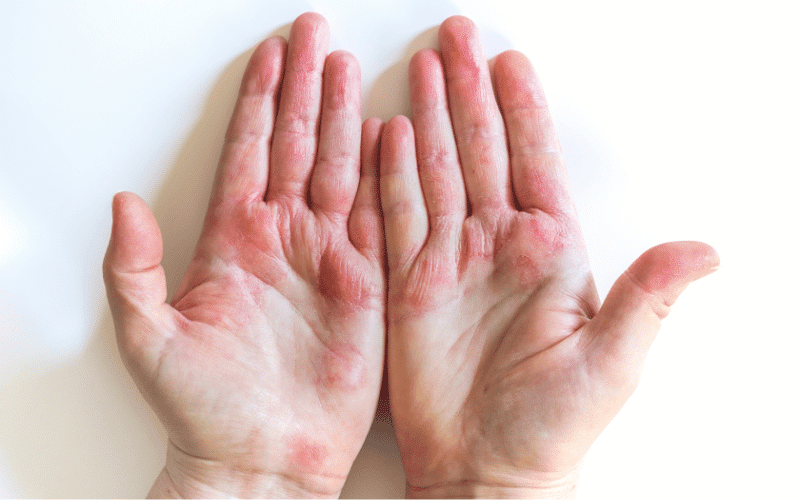Symptom 2. Redness and Inflammation: A Classic Sign

Redness and inflammation are other typical symptoms of eczema. The affected skin often appears red or inflamed, which is a result of increased blood flow to the area. This inflammation is a natural response of the immune system, attempting to protect and heal the skin.
The severity of redness and inflammation can vary, with some cases being mild and hardly noticeable, while others may be more severe and apparent. To reduce inflammation, it’s essential to avoid irritants and allergens that trigger eczema flare-ups. Identifying these triggers can be challenging, but keeping a symptom diary can help you pinpoint specific factors that exacerbate your condition.
Topical corticosteroids are often prescribed to manage redness and inflammation associated with eczema. These medications work by suppressing the immune system’s response and reducing inflammation in the affected area. However, long-term use of corticosteroids can cause side effects, so it’s crucial to use them as directed by your healthcare provider.
Another approach to managing inflammation is to adopt a holistic, anti-inflammatory lifestyle. This can include incorporating anti-inflammatory foods into your diet, such as omega-3 rich fish, leafy greens, and berries. Regular exercise, stress management techniques, and getting adequate sleep can also contribute to reducing inflammation and improving overall skin health. (2)